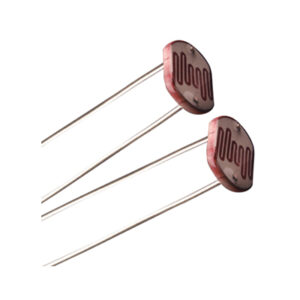Led matrices are fun toys. Who would not love blinkenlights? In a matrix format LED’s are arranged in rows and columns. You can also think of them as y and x coordinates. Let’s assume we have 4×4 matrix. Rows would be marked from A to D and columns from 1 to 4. Now we can address each LED by row and column. Top left led would be (A, 1). Bottom down led would be (D, 4).
A led matrix comes in two types. Common-row anode (left) and common-row cathode (right).

Figure above shows the different configurations. The difference between these two configurations is how you lit a led. With common-row anode current sources (positive voltage) are attached to rows A..D and currents sinks (negative voltage, ground) to columns 1…4. With common-row cathode current sinks are attached to rows A..D and currents sources to columns 1..4.
For example to light bottom down led (D, 4) of common cathode matrix you would feed positive voltage to column 4 and connect row D to ground.

How about connecting your 4×4 LED matrix in a breakout, Instead of connecting all the 16 LED’s each time in to a breadboard which reduces the connecting wires and eliminates the need of breadboard, which makes any user easier to interface and looks quite good when compared to a breadboard connection. Tenet Technetronics introduces you a 4×4 LED matrix breakout. This breakout has 8 pins 4 pins for Anode 1 (A1), Anode2 (A2), Anode 3 (A3), Anode 4 (A4) and 4 pins for Cathode 1 (C1), Cathode 2 (C2), Cathode 3 (C3), Cathode 4 (C4).
Interfacing:
This breakout board can be easily interfaced with any of the micro controllers and processors like raspberry-pi and even with the ARM controllers etc.
- For more information please visit: tenettech.com
- For technical query please send an e-mail: info@tenettech.com









